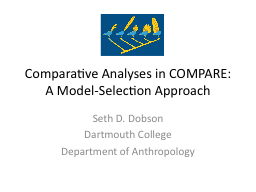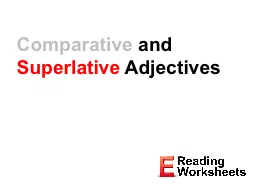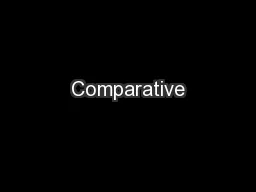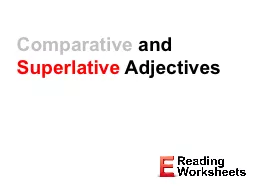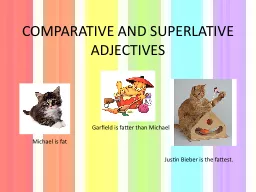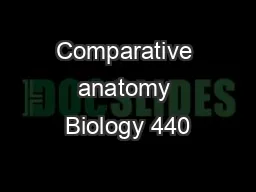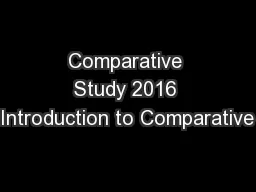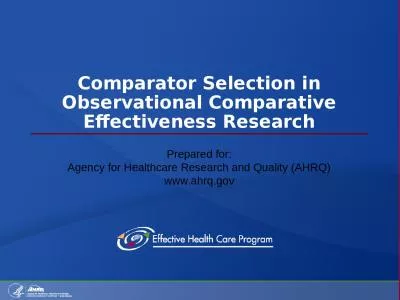PPT-Comparative Analyses in COMPARE: A Model-Selection Approach
Author : eve | Published Date : 2023-11-22
Seth D Dobson Dartmouth College Department of Anthropology Why take into account phylogeny Because any given correlation may be the result of stochastic evolution
Presentation Embed Code
Download Presentation
Download Presentation The PPT/PDF document "Comparative Analyses in COMPARE: A Model..." is the property of its rightful owner. Permission is granted to download and print the materials on this website for personal, non-commercial use only, and to display it on your personal computer provided you do not modify the materials and that you retain all copyright notices contained in the materials. By downloading content from our website, you accept the terms of this agreement.
Comparative Analyses in COMPARE: A Model-Selection Approach: Transcript
Download Rules Of Document
"Comparative Analyses in COMPARE: A Model-Selection Approach"The content belongs to its owner. You may download and print it for personal use, without modification, and keep all copyright notices. By downloading, you agree to these terms.
Related Documents

